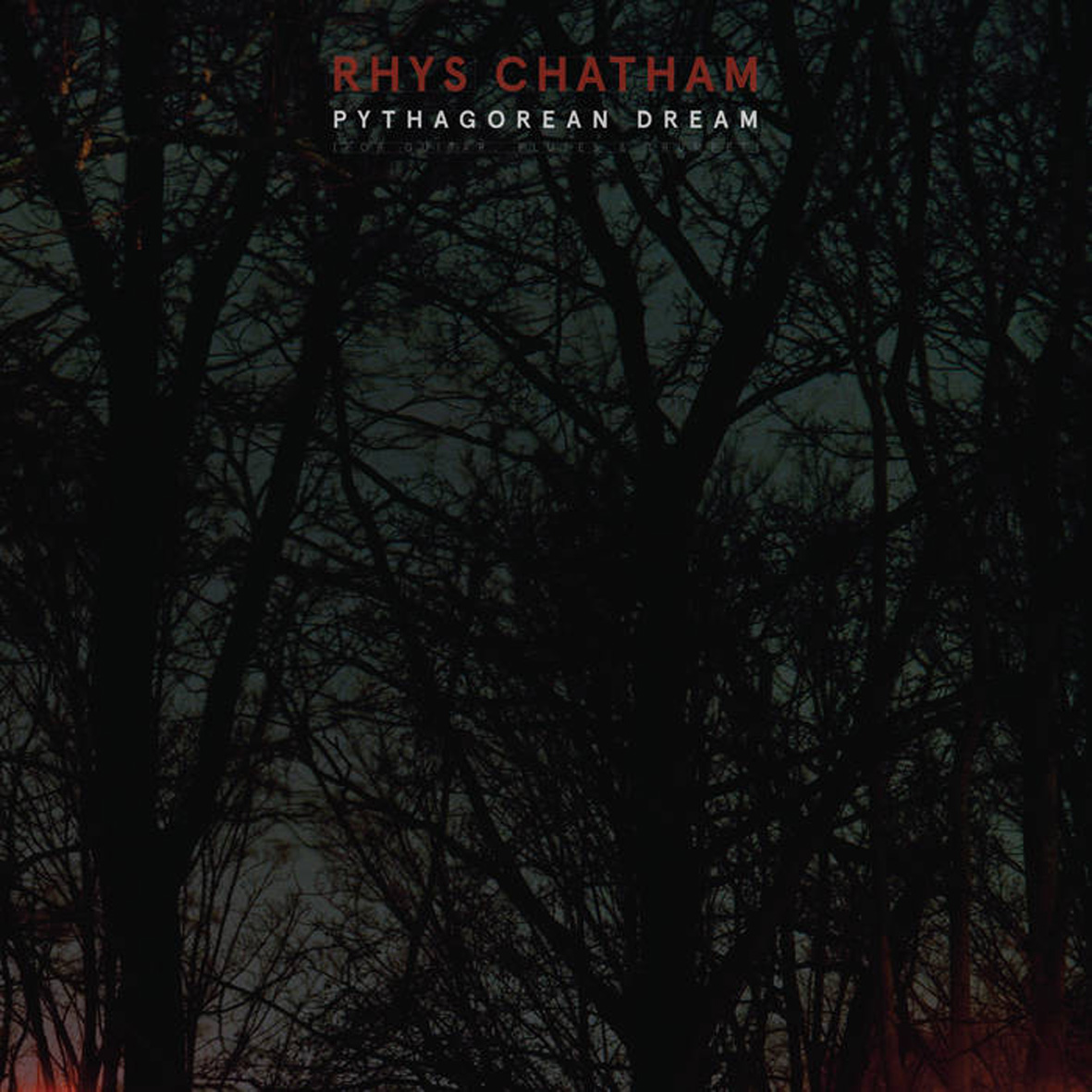 To his everlasting credit, Rhys Chatham has remained a restlessly evolving and adventurous composer well into his 60s, as well as quite an endearing perverse and unpredictable one.  Case in point: roughly a decade after composing his monumental A Crimson Grail for 400 guitars, Chatham is now is now experimenting with ways to perform his harmonically complex compositions all by himself in real-time.  Also, he has picked up the flute again (his original instrument, which was summarily abandoned for electric guitars after Chatham first experienced the Ramones).  As if that were not enough divergence from the norm, Chatham also employs a special Pythagorean/just-intonation tuning system for his guitar.  Despite all of those innovations, Pythagorean Dream is first and foremost an impressive performance rather than a bold new artistic statement.  I suppose that makes it a fairly minor release within Chatham’s oft-influential and frequently large-scale oeuvre, but it is still surprisingly effective for a one-man guitar/trumpet/flute tour de force and certainly sounds like absolutely no one else.
To his everlasting credit, Rhys Chatham has remained a restlessly evolving and adventurous composer well into his 60s, as well as quite an endearing perverse and unpredictable one.  Case in point: roughly a decade after composing his monumental A Crimson Grail for 400 guitars, Chatham is now is now experimenting with ways to perform his harmonically complex compositions all by himself in real-time.  Also, he has picked up the flute again (his original instrument, which was summarily abandoned for electric guitars after Chatham first experienced the Ramones).  As if that were not enough divergence from the norm, Chatham also employs a special Pythagorean/just-intonation tuning system for his guitar.  Despite all of those innovations, Pythagorean Dream is first and foremost an impressive performance rather than a bold new artistic statement.  I suppose that makes it a fairly minor release within Chatham’s oft-influential and frequently large-scale oeuvre, but it is still surprisingly effective for a one-man guitar/trumpet/flute tour de force and certainly sounds like absolutely no one else.
Hotter than July. This week's episode has plenty of fresh new music by Marie Davidson, Kim Gordon, Mabe Fratti, Guided By Voices, Holy Tongue meets Shackleton, Softcult, Terence Fixmer, Alan Licht, pigbaby, and Eiko Ishibashi, plus some vault goodies from Bombay S Jayashri and Pete Namlook & Richie Hawtin. Solstice moon in West Midlands, UK photo by James. Get involved: subscribe, review, rate, share with your friends, send images! |



 This intriguing and wildly divergent pair of unreleased performances provides a fascinating window into the curious evolution of Hennix's singular artistry.  The newer and more listenable of the two is credited to her current Chora(s)san Time-Court Mirage project and enlists a trio of vocalists to weave a mantric, quasi-devotional Eastern drone reverie for 80 minutes.  Far more intriguing, however, is the remarkably heavy and nerve-jangling 1976 performance from her earlier just-intonation ensemble, The Deontic Miracle.  In retrospect, it now makes perfect sense to me why it took so long for Catherine Christer Hennix's work to be fully appreciated, as there is absolutely no way that the world was ready for such radically dissonant drones forty years ago.
This intriguing and wildly divergent pair of unreleased performances provides a fascinating window into the curious evolution of Hennix's singular artistry.  The newer and more listenable of the two is credited to her current Chora(s)san Time-Court Mirage project and enlists a trio of vocalists to weave a mantric, quasi-devotional Eastern drone reverie for 80 minutes.  Far more intriguing, however, is the remarkably heavy and nerve-jangling 1976 performance from her earlier just-intonation ensemble, The Deontic Miracle.  In retrospect, it now makes perfect sense to me why it took so long for Catherine Christer Hennix's work to be fully appreciated, as there is absolutely no way that the world was ready for such radically dissonant drones forty years ago.
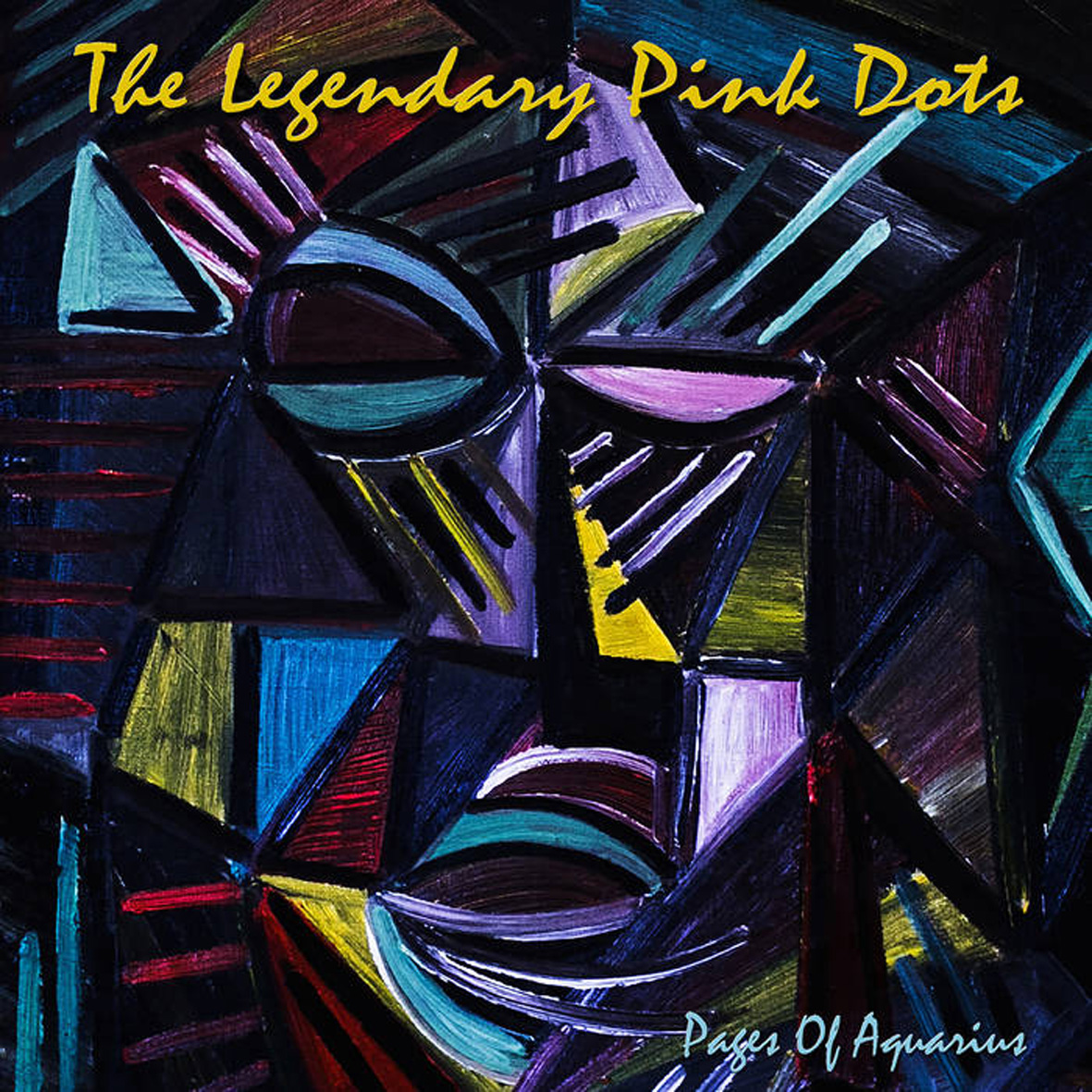 The Legendary Pink Dots have been in the midst of a creative renaissance for years now, fitfully releasing some of the finest work of their career amidst the unending and distracting tide of solo projects, reissues, live albums, and archival discoveries.  The lion's share of Edward Ka-Spel's best ideas, however, have definitely been winding up in LPD's more abstract and experimental work.  I am personally perfectly fine with that, as that is the side of the Dots that I have always preferred anyway.  I suspect that most longtime fans were initially drawn to the band by their songs though and they have presumably been suffering through quite a long dry spell in that regard.  Pages of Aquarius is an album for them, as it is a solid, concise, and hook-heavy collection of industrial-tinged songs that harken back to the Dots of earlier times.  In fact, if I did not know better, I would have guessed that this album was recorded in the early '90s.  I am not sure if that is necessarily a bad thing or a good thing, but there are a definitely a handful of instant classics here regardless.
The Legendary Pink Dots have been in the midst of a creative renaissance for years now, fitfully releasing some of the finest work of their career amidst the unending and distracting tide of solo projects, reissues, live albums, and archival discoveries.  The lion's share of Edward Ka-Spel's best ideas, however, have definitely been winding up in LPD's more abstract and experimental work.  I am personally perfectly fine with that, as that is the side of the Dots that I have always preferred anyway.  I suspect that most longtime fans were initially drawn to the band by their songs though and they have presumably been suffering through quite a long dry spell in that regard.  Pages of Aquarius is an album for them, as it is a solid, concise, and hook-heavy collection of industrial-tinged songs that harken back to the Dots of earlier times.  In fact, if I did not know better, I would have guessed that this album was recorded in the early '90s.  I am not sure if that is necessarily a bad thing or a good thing, but there are a definitely a handful of instant classics here regardless.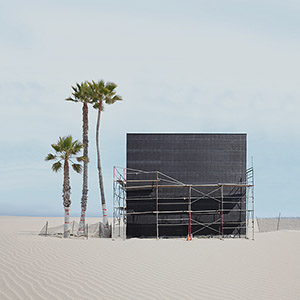 It is fair to say that Robert Crouch has injected some major conceptualism into A Gradual Accumulation of Ideas Becomes Truth. The overarching theme, outlined in the title, is how locations can develop histories that never existed based simply on someone's insistence they happened, a process akin to that of meaning devised by method of symbolic interactionism. That concept applies appropriately to the recorded material as well: a series of compositions based upon modular synthesis that largely avoids the now cliché bleeps and bloops and instead results in lush passages of electronics that form their own little worlds.
It is fair to say that Robert Crouch has injected some major conceptualism into A Gradual Accumulation of Ideas Becomes Truth. The overarching theme, outlined in the title, is how locations can develop histories that never existed based simply on someone's insistence they happened, a process akin to that of meaning devised by method of symbolic interactionism. That concept applies appropriately to the recorded material as well: a series of compositions based upon modular synthesis that largely avoids the now cliché bleeps and bloops and instead results in lush passages of electronics that form their own little worlds.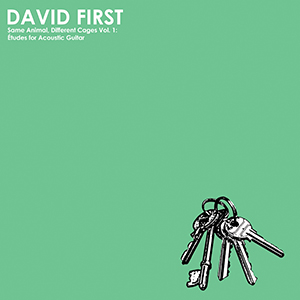 David First has been active as a composer for a multitude of years, never allowing his work to draw too heavily from just one style or technique. Many of his pieces feature elements of everything from folk to noise to classical drone, and almost everything in between. Because of that, the self-imposed limitations of the four part Same Animal, Different Cages adds additional depth by stripping much away. Etudes for Acoustic Guitar is exactly as its title implies: 12 performances utilizing only a Guild D-40 acoustic guitar, and the final product is diverse, compelling, and at times challenging, but a resounding success.
David First has been active as a composer for a multitude of years, never allowing his work to draw too heavily from just one style or technique. Many of his pieces feature elements of everything from folk to noise to classical drone, and almost everything in between. Because of that, the self-imposed limitations of the four part Same Animal, Different Cages adds additional depth by stripping much away. Etudes for Acoustic Guitar is exactly as its title implies: 12 performances utilizing only a Guild D-40 acoustic guitar, and the final product is diverse, compelling, and at times challenging, but a resounding success.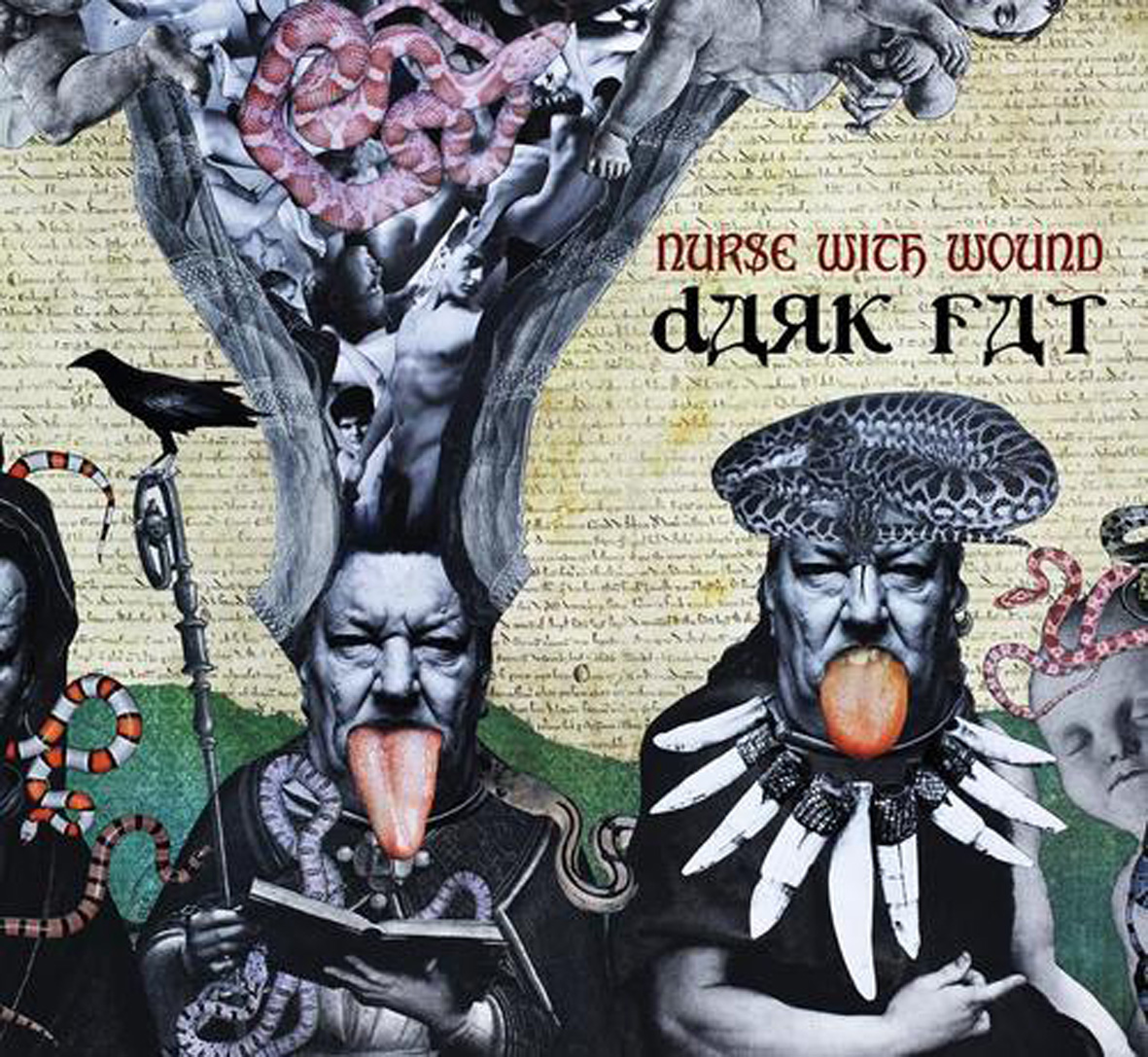
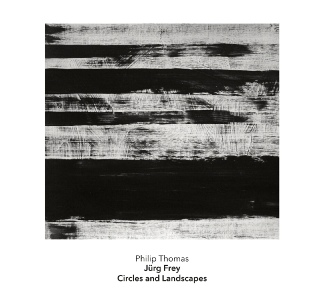 Given a little context, a mathematician could tell you what circles and landscapes have in common. They could at least begin by telling you that circles are musical. Traveling counterclockwise around a circle, it is possible to plot the contours of a sine wave on graph paper using a right triangle and a trigonometric ratio,
Given a little context, a mathematician could tell you what circles and landscapes have in common. They could at least begin by telling you that circles are musical. Traveling counterclockwise around a circle, it is possible to plot the contours of a sine wave on graph paper using a right triangle and a trigonometric ratio,  Jon Mueller may be most often recognized as an exemplary and audacious percussionist, but even the most casual experience with his recent works makes clear the depth of his creativity. On this latest album, he draws influences from his other projects (Death Blues, Volcano Choir), as well as builds upon the stylistic developments of his other recent works, such as the heavy use of vocals, to reach an unparalleled depth and complexity of composition.
Jon Mueller may be most often recognized as an exemplary and audacious percussionist, but even the most casual experience with his recent works makes clear the depth of his creativity. On this latest album, he draws influences from his other projects (Death Blues, Volcano Choir), as well as builds upon the stylistic developments of his other recent works, such as the heavy use of vocals, to reach an unparalleled depth and complexity of composition.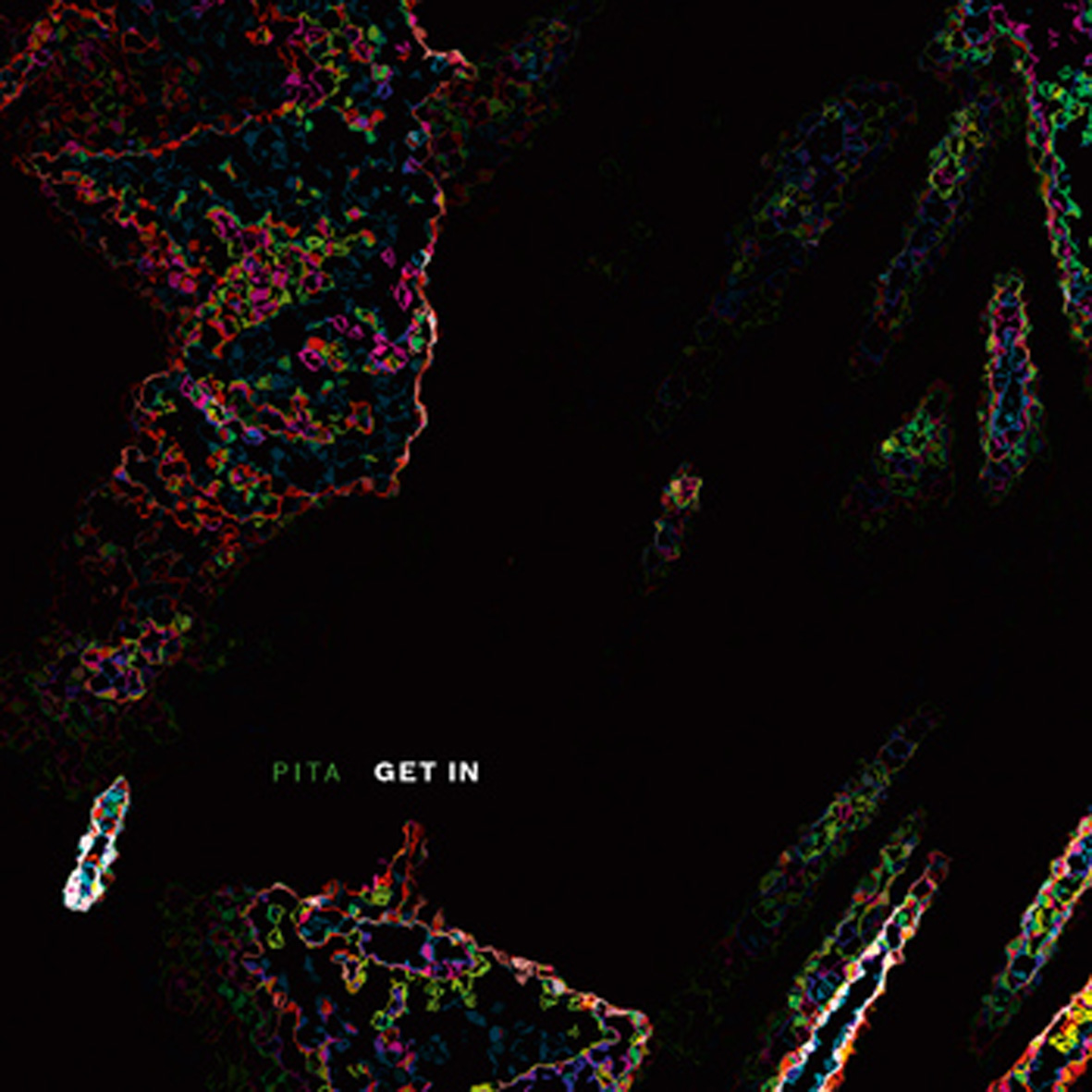 If history is any indication, it seems to be nearly impossible to simultaneously run a thriving record label and remain a vital and evolving artist: one side always has to suffer.  That said, Peter Rehberg has somehow managed to fare better than just about anybody, as Editions Mego remains one of the best experimental music labels on the planet and his current work with Shampoo Boy is excellent.  It has been a long time since Rehberg has released a significant solo album though and I was not all sure what to expect from Get In, as he was once at the absolute vanguard of electronic music and presumably always has the potential to be there again, but it does not seem like he has been swinging for the fences all the much lately.  As it turns out, Get In is indeed in no danger of redefining music or unlocking bold new vistas of artistic expression, but the consolation prize is that it is one of Rehberg's stronger and most consistent albums to date, showing that he is still every bit as capable of brilliance as ever.  Sometimes being good is a lot better than being first.
If history is any indication, it seems to be nearly impossible to simultaneously run a thriving record label and remain a vital and evolving artist: one side always has to suffer.  That said, Peter Rehberg has somehow managed to fare better than just about anybody, as Editions Mego remains one of the best experimental music labels on the planet and his current work with Shampoo Boy is excellent.  It has been a long time since Rehberg has released a significant solo album though and I was not all sure what to expect from Get In, as he was once at the absolute vanguard of electronic music and presumably always has the potential to be there again, but it does not seem like he has been swinging for the fences all the much lately.  As it turns out, Get In is indeed in no danger of redefining music or unlocking bold new vistas of artistic expression, but the consolation prize is that it is one of Rehberg's stronger and most consistent albums to date, showing that he is still every bit as capable of brilliance as ever.  Sometimes being good is a lot better than being first.
